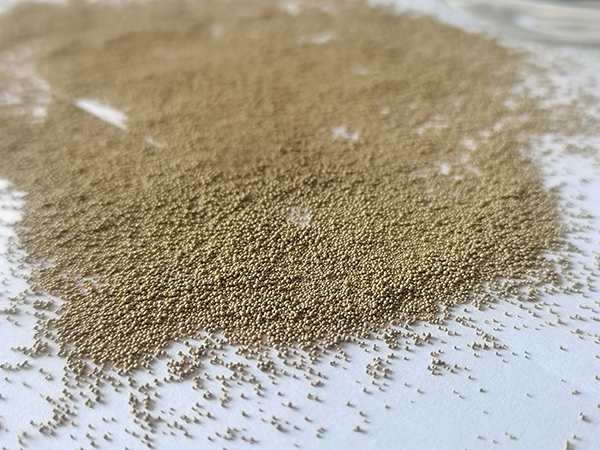What is Sand Casting?
Sand casting is one of the oldest and most widely used metal casting processes, renowned for its versatility and adaptability in manufacturing diverse metal components. This method involves creating a mold from sand, into which molten metal is poured, allowing it to solidify and form the desired shape. Given its rich history and broad range of applications, sand casting has become a fundamental technique in industries such as automotive, aerospace, and general manufacturing.
The Process of Sand Casting
The sand casting process begins with the preparation of the mold. Molds are typically made from a mixture of sand, clay, and water. The sand provides the bulk, while the clay acts as a binding agent, allowing the particles to stick together. The water adds moisture, enhancing the strength of the mold. There are two primary types of sand used green sand, which is moist and allows for easier molding, and resin-bonded sand, which hardens more firmly and is used for more complex designs.
Once the sand mixture is prepared, the next step involves creating a pattern, which is a replica of the object to be cast. The pattern is usually made from metal, wood, or plastic and is placed in a box known as a flask. Sand is then packed around the pattern to form the mold, and once the sand is firmly compacted, the pattern is removed, leaving a cavity that reflects the shape of the desired item.
After the mold is formed, it is essential to create pathways for the molten metal to fill the cavity and for gases to escape. These pathways are referred to as the gating system. Once these channels are set, the mold is ready for the introduction of molten metal. The metal, typically aluminum, iron, or bronze, is heated to its melting point, poured into the mold, and allowed to cool. As the metal solidifies, it takes on the shape of the cavity and the resulting cast can be removed from the mold once it has cooled sufficiently.
Advantages of Sand Casting
what is a sand casting

One of the primary advantages of sand casting is its cost-effectiveness, particularly for small production runs and prototype manufacturing. The materials used in sand casting, such as sand and clay, are inexpensive and readily available. Additionally, the flexibility of the sand medium allows for complex designs and larger pieces to be created without the constraints often imposed by other casting methods.
Furthermore, sand casting can accommodate a wide range of metals and alloys, making it highly versatile. It is especially suitable for components that require intricate detailing, as the sand can easily capture fine features of the pattern. This adaptability also extends to the shaping of various sizes of castings, from small parts to massive components, making it ideal for industries that produce both small intricate pieces and large structural elements.
Limitations of Sand Casting
Despite its many benefits, sand casting also has some limitations. The surface finish of castings produced by this method can be rough and may require additional finishing processes, such as machining or grinding, to achieve the desired finish. Additionally, the dimensional accuracy of sand castings may not be as tight as other methods, such as investment casting, which can lead to variations in size and shape.
Furthermore, the production of sand molds is labor-intensive and time-consuming, which could limit scalability for mass production.
Conclusion
In summary, sand casting is a fundamental metal casting technique with a rich history and a range of applications. Its ability to produce complex shapes at a relatively low cost makes it a valuable method across various industries. While it may have its limitations in terms of finish and precision, the advantages of sand casting ensure its continued relevance, making it a preferred choice for many manufacturers seeking versatility and adaptability in metalworking processes.
Post time:ಡಿಸೆ . 24, 2024 22:07
Next:sand in resin
